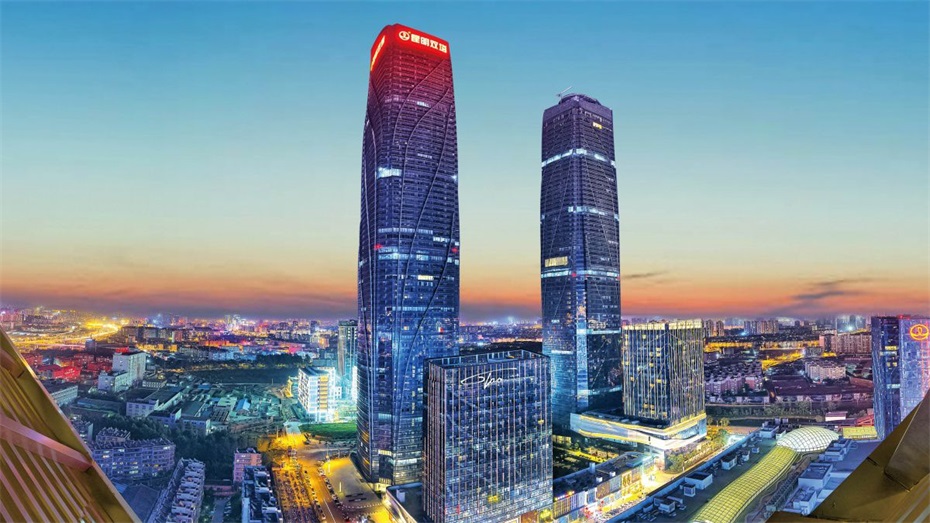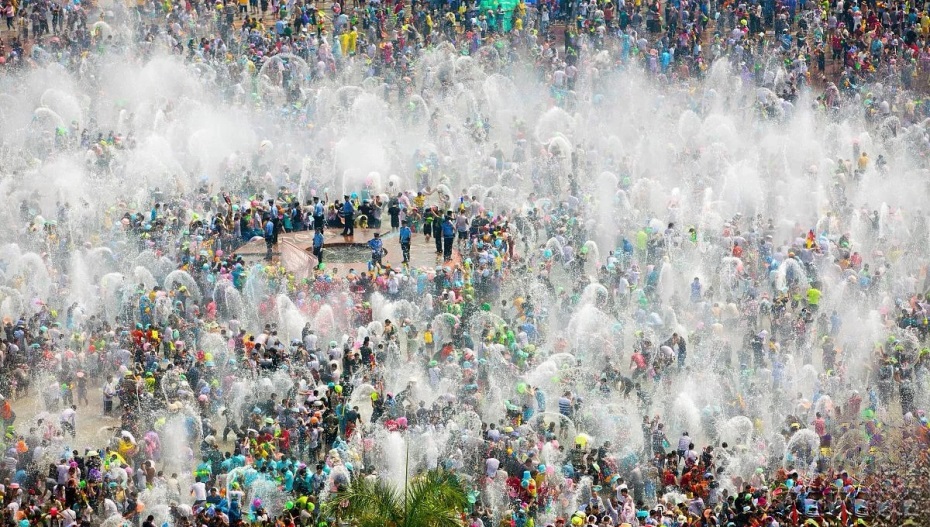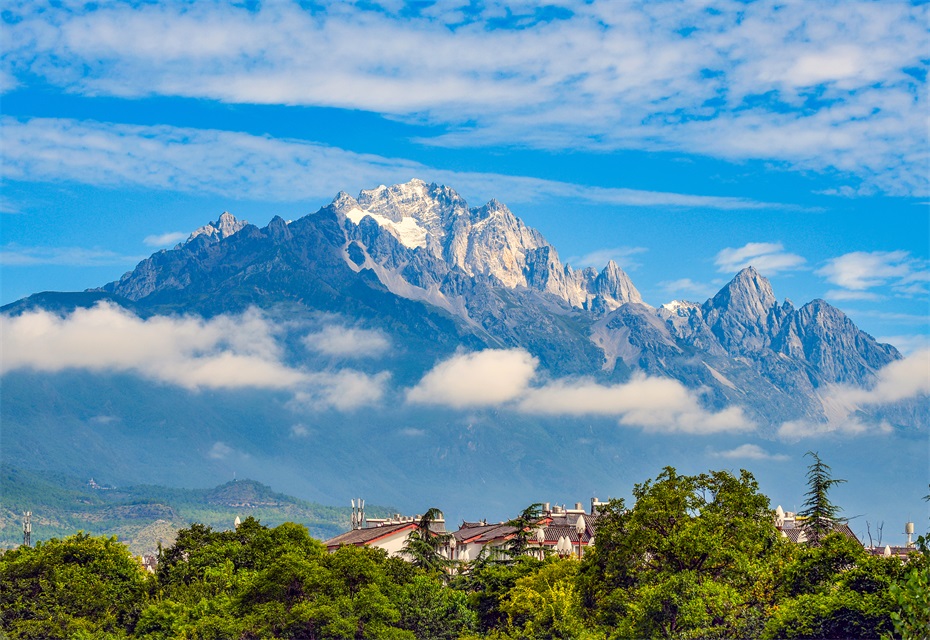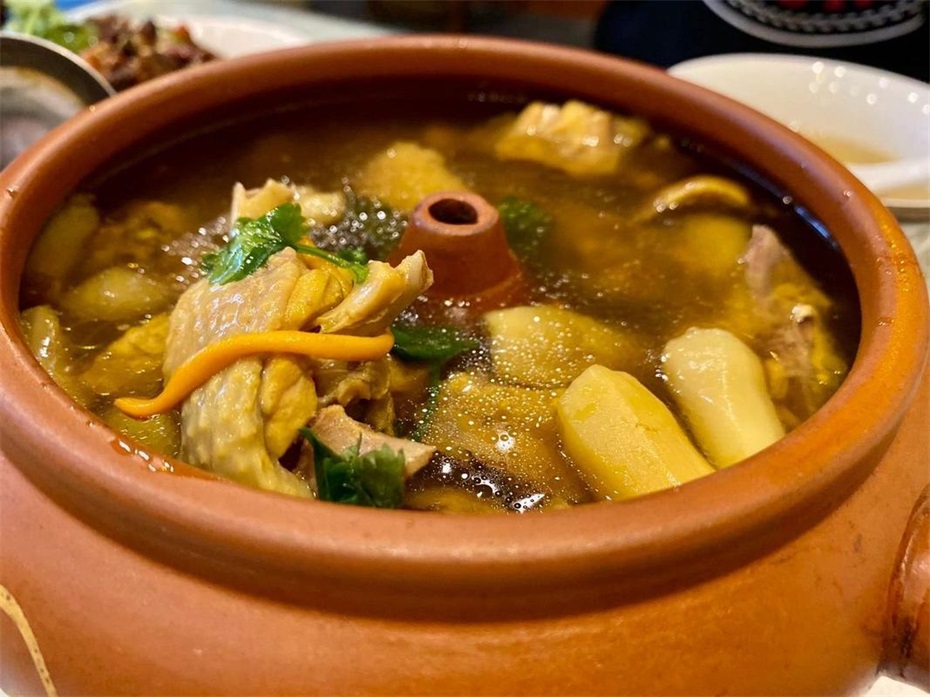Yunnan Province
Overview of Yunnan Province

Yunnan Province, abbreviated as "Yun" or "Dian", is located on the southwestern border of China and is the radiation center of China facing South Asia and Southeast Asia. The total area of the province is 394100 square kilometers, ranking 8th in the country, with 16 prefectures (cities) under its jurisdiction and a permanent population of 46.93 million people (2022 data). In 2022, the total regional GDP of the province will reach 2.9 trillion yuan, making it the province with the largest number of ethnic minority species in China and an important treasure trove of biodiversity.
Yunnan Province currently governs 8 prefecture level cities including Kunming (provincial capital), Qujing, Yuxi, Baoshan, Zhaotong, Lijiang, Pu'er, and Lincang, as well as 8 autonomous prefectures including Chuxiong Yi Autonomous Prefecture, Honghe Hani and Yi Autonomous Prefecture, Wenshan Zhuang and Miao Autonomous Prefecture, Xishuangbanna Dai Autonomous Prefecture, Dali Bai Autonomous Prefecture, Dehong Dai and Jingpo Autonomous Prefecture, Nujiang Lisu Autonomous Prefecture, and Diqing Tibetan Autonomous Prefecture. As the "Kingdom of Plants", "Kingdom of Animals" and "Kingdom of Nonferrous Metals", Yunnan is known as the "Colorful Yunnan" and "Tourist Paradise", and is also the international gateway connecting South Asia and Southeast Asia in China.
2Īó Geographical features
1. Location characteristics
Yunnan Province is located between 21 ĪŃ 8 Īõ -29 ĪŃ 15 Īõ N and 97 ĪŃ 31 Īõ -106 ĪŃ 11 Īõ E, bordering Sichuan and Xizang to the north, Guizhou and Guangxi to the east, Myanmar to the northwest, Laos and Vietnam to the south, with a border of 4060 kilometers. The province is located at the junction of China, South Asia and Southeast Asia, and is an important intersection of the construction of the "the Belt and Road" and the development of the Yangtze River Economic Belt.
2. Terrain and landforms
The terrain of the whole province is high in the northwest and low in the southeast:
North: Hengduan Mountains (Meili Snow Mountain at an altitude of 6740 meters)
East: the Yunnan-Guizhou Plateau
Southern region: mountainous areas of southern Yunnan
Typical landforms: Karst landforms, Three Parallel Rivers, Plateau Lakes
3. Water system distribution
Jinsha River: Upper reaches of the Yangtze River
Lancang River: Upper Mekong River
Nujiang River: Upper reaches of the Salween River
Source of the Pearl River: Nanpan River
Lakes: Dianchi Lake, Erhai Lake, Fuxian Lake, etc
4. Climate characteristics
Belonging to subtropical plateau monsoon climate:
Annual average temperature: 6-24 Īµ (significant vertical difference)
Annual precipitation: 600-2300 millimeters
Distinctive feature: "There are four seasons on a mountain, with different days within ten miles
3Īó Historical context
1. Origin of Civilization
Paleolithic Age: Yuanmou Man Site (1.7 million years ago)
Neolithic Age: Beiqiu Site in Dianchi Lake Area
Bronze Age: Ancient Yunnan Civilization (Shizhai Mountain, Jinning)
2. Organizational history
Qin Dynasty: Open the "Five Foot Road"
Han Dynasty: Establishment of Yizhou Commandery
Tang Dynasty: Rise of Nanzhao Kingdom
Song Dynasty: Period of Dali Kingdom
Yuan Dynasty: Establishment of Yunnan Province
Modern times: Yunnan Vietnam Railway opened (1910)
3. Ethnic integration
Diqiang ethnic group: ancestors such as Yi and Bai ethnic groups
Baiyue ethnic group: Dai, Zhuang and other ancestors
Baipu ethnic group: Wa, Bulang and other ancestors
Han immigrants: large-scale land reclamation in the Ming Dynasty
4Īó Cultural Essence
1. Ethnic cultural characteristics
Dian Culture: Bronze Civilization of Ancient Dian Kingdom
Nanzhao Dali Culture: Treasures of Buddhist Art
Tea Horse Ancient Road Culture: Cross regional Trade Corridor
Border exotic culture: cross-border ethnic customs
2. Intangible Cultural Heritage

Folk art: Bai ethnic tie dyeing, Yi ethnic embroidery
Traditional skills: Pu erh tea making, copper plating process
Folk Culture: Water Splashing Festival, Torch Festival, March Street
3. Dialect characteristics
Southwest Mandarin: Yunnan dialect
Yi language: six major dialect regions
Bai language: Dali region
Dai language: Xishuangbanna, Dehong
Other minority languages: over 20
5Īó Tourist destinations
1. World Heritage Sites
the Old Town of Lijiang
Sanjiang Parallel Flow Protection Area
sensu lato
the Hani terraced fields of Honghe State
Chengjiang Fossil Site
2. 5A level scenic spot

Lijiang Yulong Snow Mountain Scenic Area
Dali Chongsheng Temple Three Pagodas Cultural Tourism Area
Xishuangbanna tropical botanical garden
Shangri La Pudacuo National Park
3. Featured tourism
Ancient Town Tour: Lijiang, Dali, Heshun
Plateau Lake Tour: Erhai Lake, Fuxian Lake
Border Style Tour: Ruili, Mohan
Ecological Study Tour: Gaoligong Mountain, Xishuangbanna
6Īó Food map
1. Characteristics of Yunnan cuisine

Dali: Milk fan, sand pot fish
Xishuangbanna: Pineapple rice, lemongrass grilled fish
Lijiang: Naxi Barbecue, Black Goat Hot Pot
2. Featured snacks
Bait block
Burn bait blocks
XuanWei ham
Tengchong Great Rescue Drive
Jian Shui Shao Tofu
3. Specialty drinks
Pu'er tea
Yunnan Small Grain Coffee
Wenshan Sanqi
Yunnan black tea
7Īó Development Status
1. Industrial system
Green Energy: The second largest installed capacity of hydropower in China
Tourism Industry: Demonstration Province for Comprehensive Tourism
Modern Agriculture: Plateau Featured Agricultural Products
Biopharmaceuticals: a treasure trove of natural medicinal resources
2. Transportation network
Aviation: Kunming Changshui International Airport (National Gateway Hub)
Railway: "Eight out of province and five out of country" railway network
Highway: The mileage of expressways has exceeded 10000 kilometers
Water transportation: Lancang Mekong International Waterway
3. Open platform
China (Yunnan) Pilot Free Trade Zone
China South Asia Expo
China Myanmar Economic Corridor
GMS
From snow capped mountains and canyons to tropical rainforests, from ancient city ruins to border customs, this "South of Colorful Clouds" secret realm is writing a brilliant chapter of Yunnan's development in the new era with the attitude of "inclusiveness, openness, and harmonious coexistence". Here, there is both the poetic beauty of "wind, flowers, snow, and moon" and the legend of the "Tea Horse Ancient Road", which is becoming a beautiful business card for China's opening up to South Asia and Southeast Asia.
simliy
